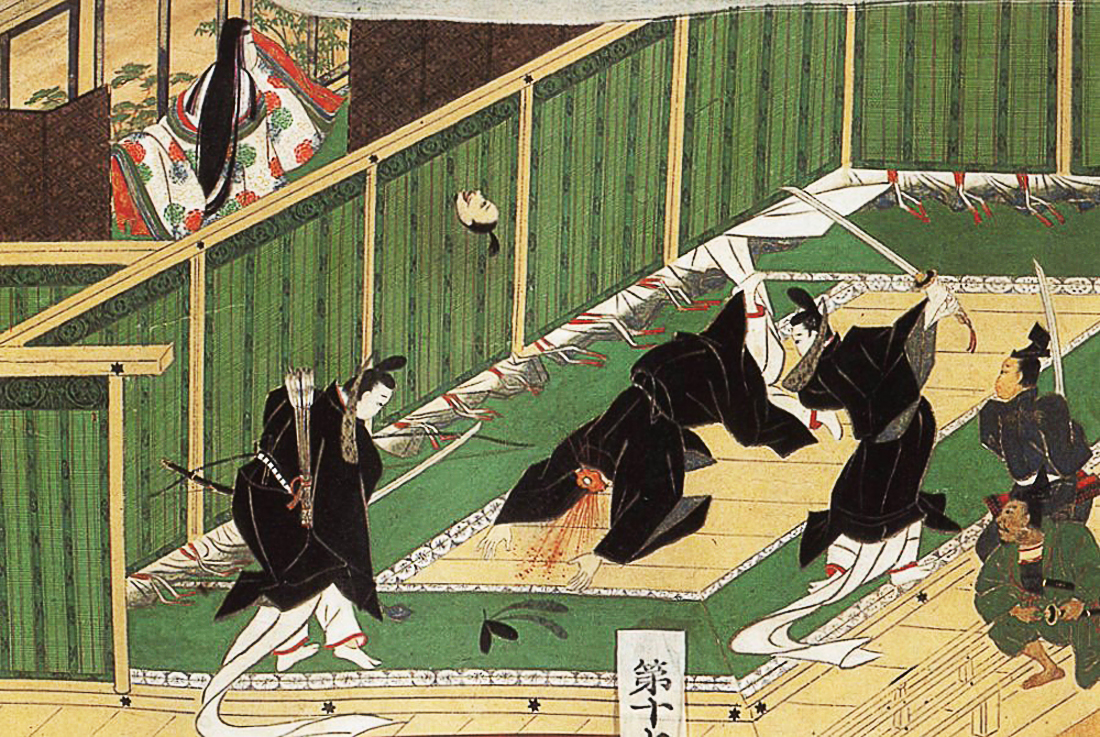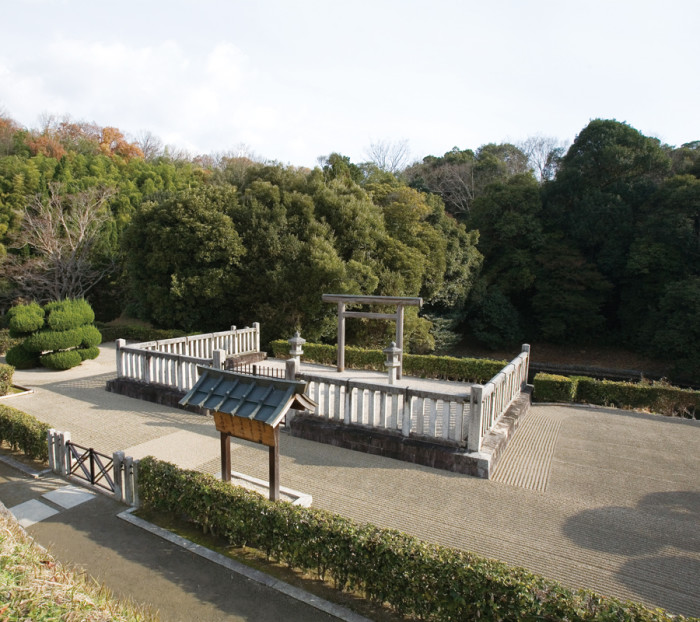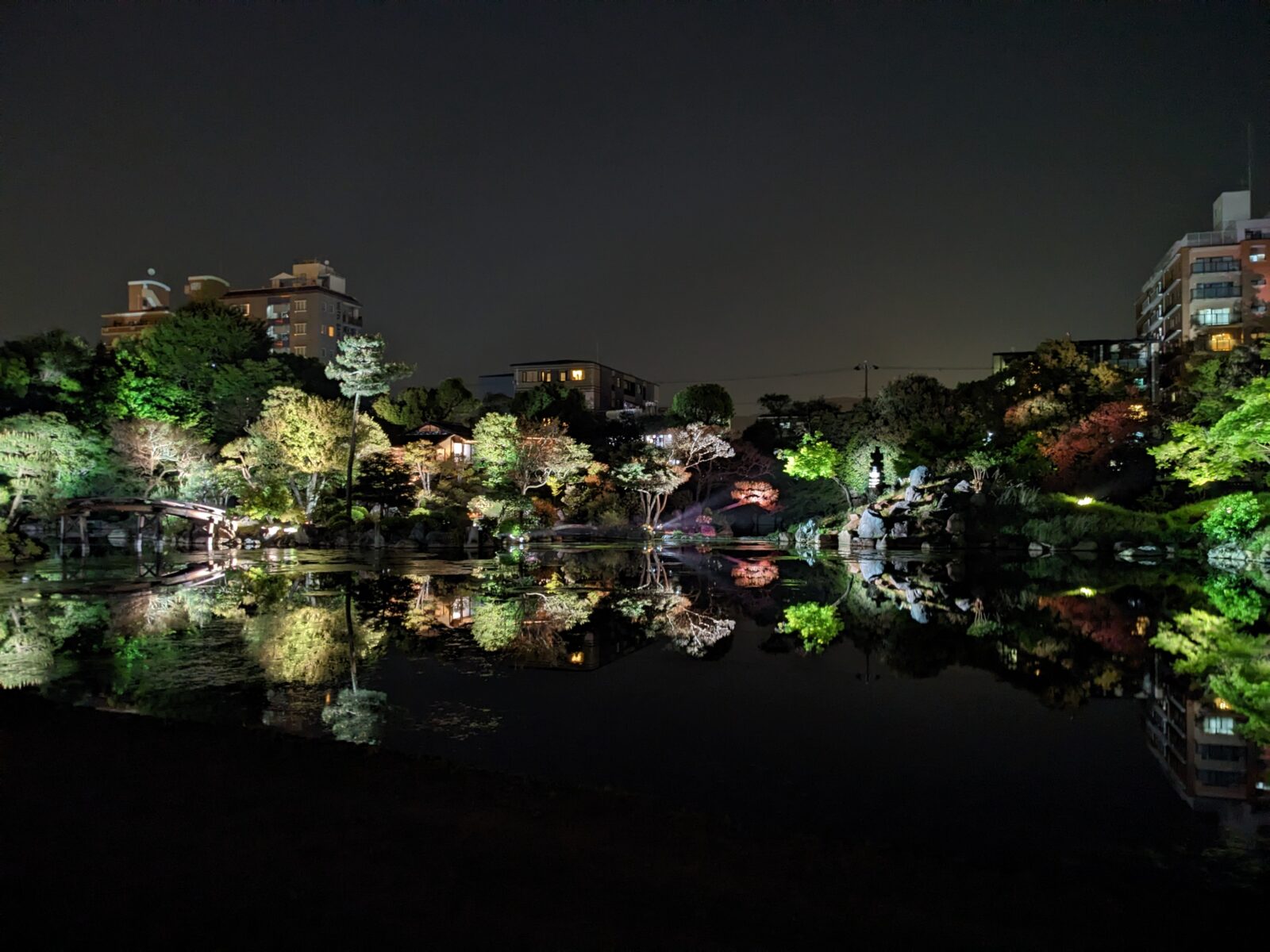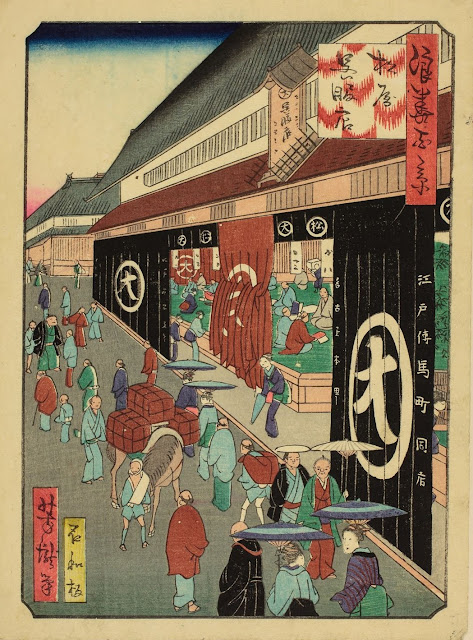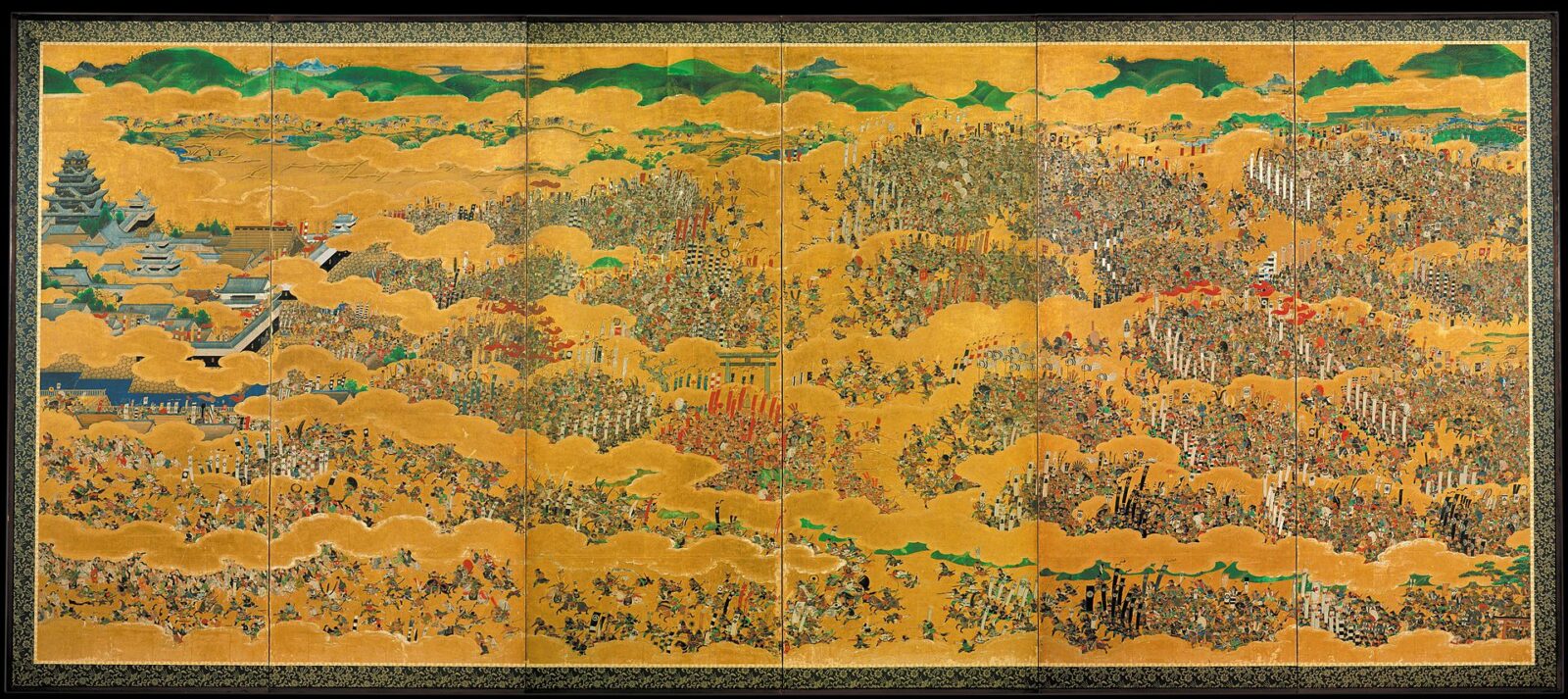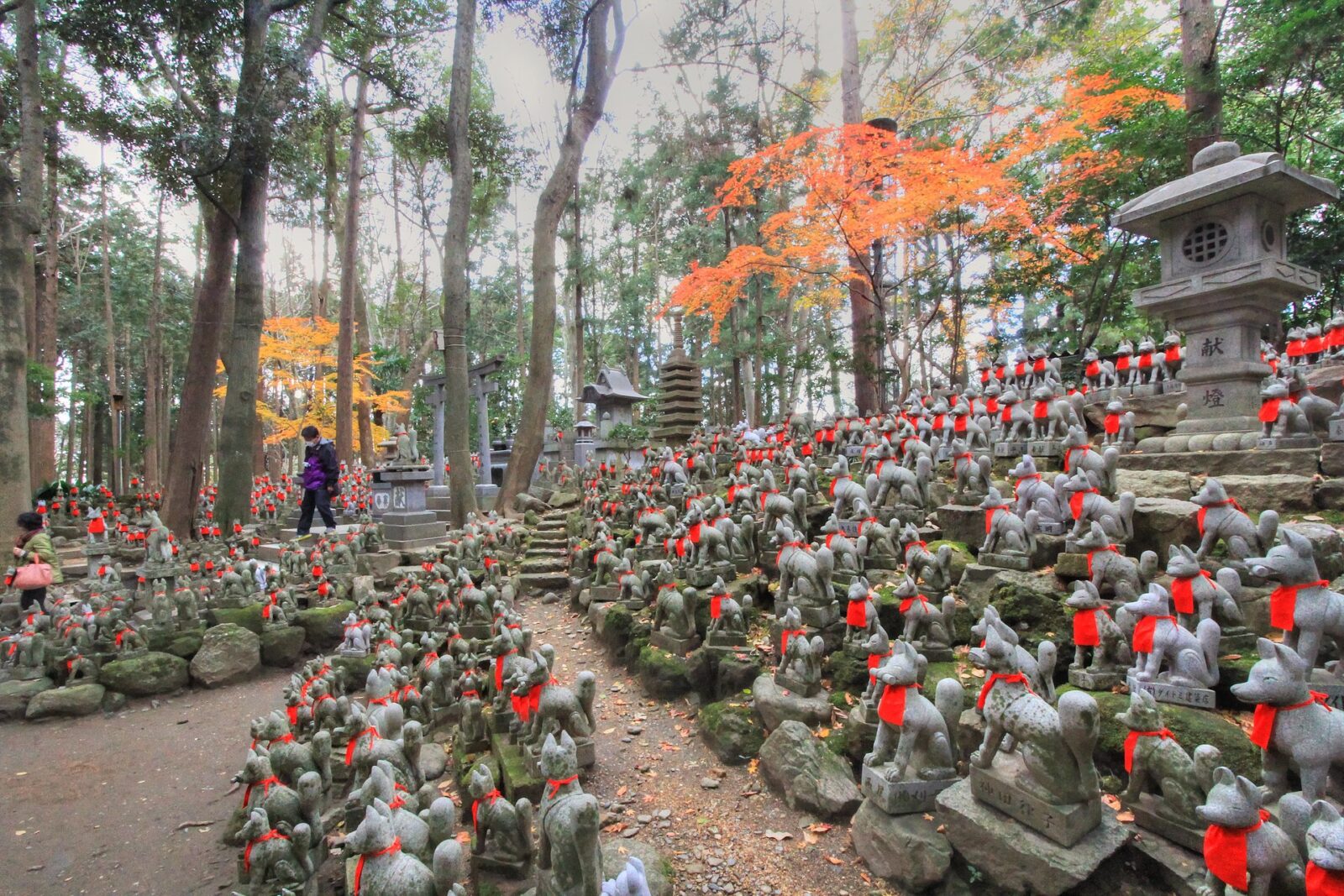Part four of our Revised Introduction to Japanese History is all about the Taika Reforms of 645 CE: what drove…
Part 3 of our Revised Introduction to Japanese History: the emergence of recorded history in Japan brings with it some…
For part 2 of our Revised Introduction to Japanese History: what do we know about the origins of Japan’s imperial…
We’re back at the beginning for Part 1 of a new miniseries: A Revised Introduction to Japanese History. Sources “The…
Once again, Isaac underestimates how many episodes it will take to cover something, and so one more time, we’re talking…
Apologies for the delayed release! I had some computer issues on my end, but they are now resolved. This week…
This week: it’s the height of the Edo period, and you sail into Osaka’s harbor. What sorts of things might…
Note: due to a numbering error on my end, I recorded this episode as 487. It is actually 488. This…
The start of our multi-part series on the history of Osaka! Supposedly the site where Japan’s first emperor began his conquests, the city has a long history stretching back well before it even got its current name. This week is all about the first 1000-ish years of Osaka’s history, and how it became one of the country’s most important port cities.
How did Japan’s most popular god develop a following around the country, and why is that god–Inari–associated with everything from farming to fire prevention? How come you see Inari worship in Buddhist temples and Shinto shrines alike? And what does all of this have to do with foxes, anyway?
